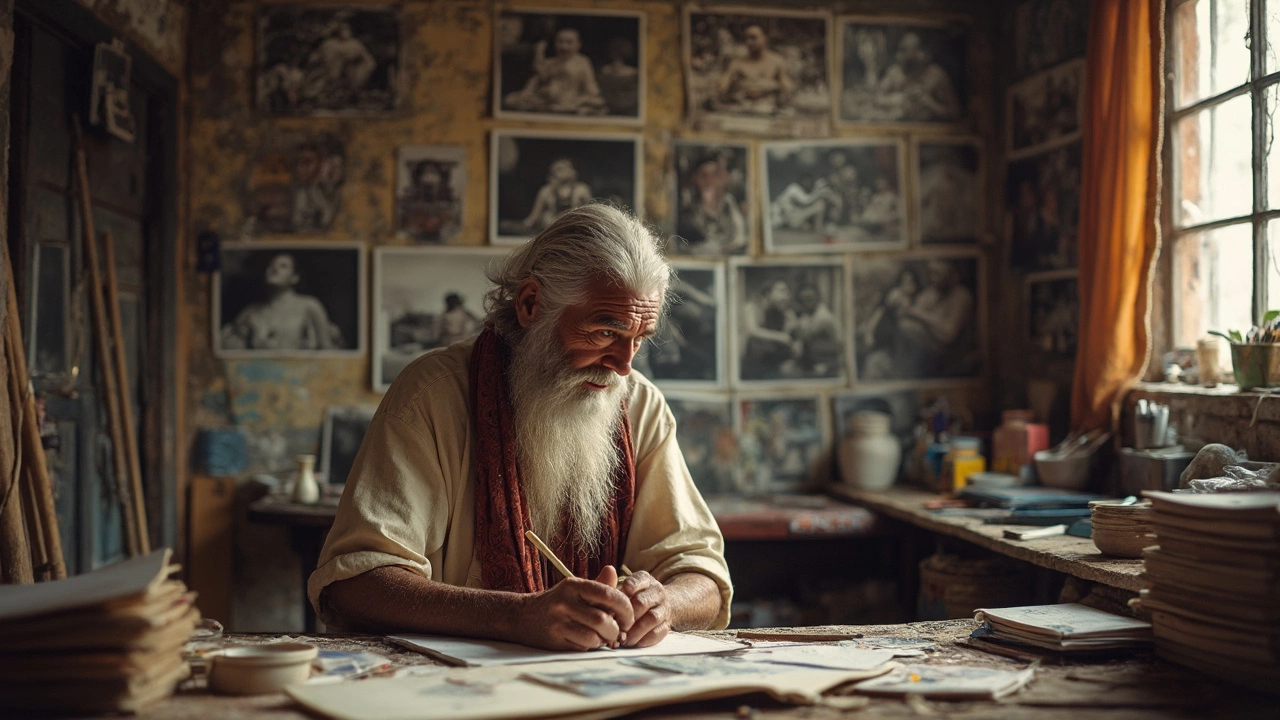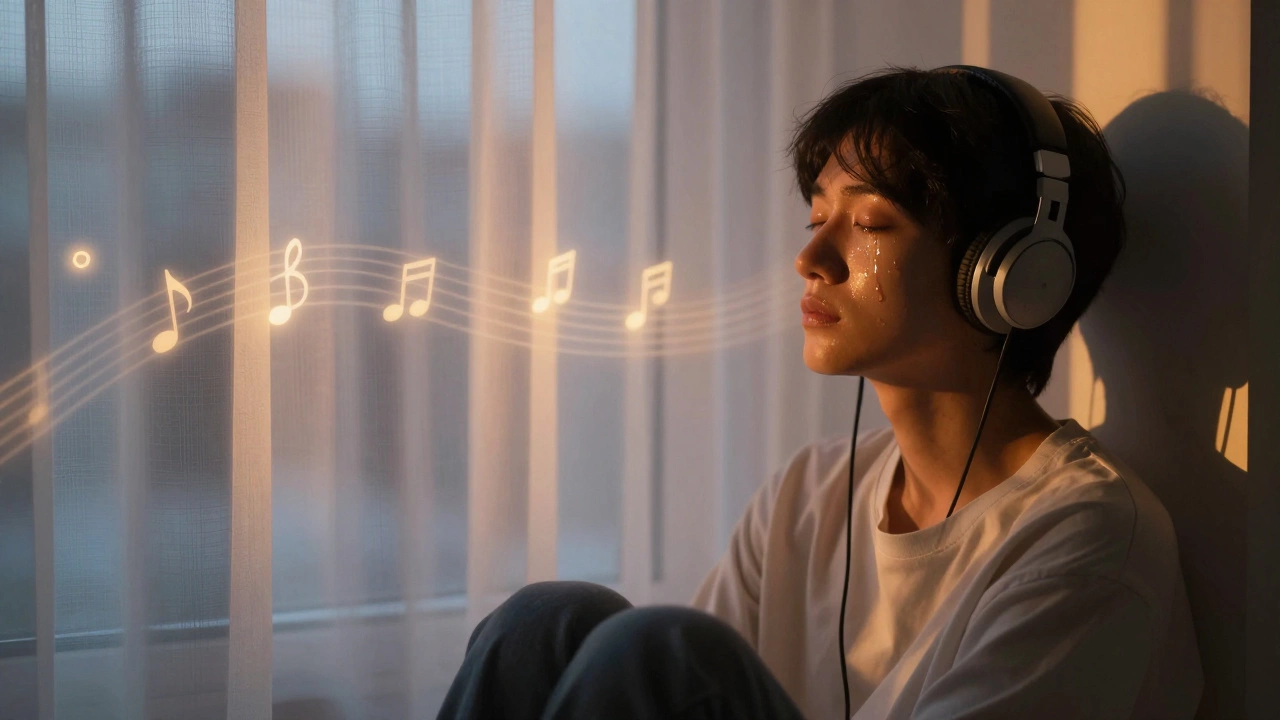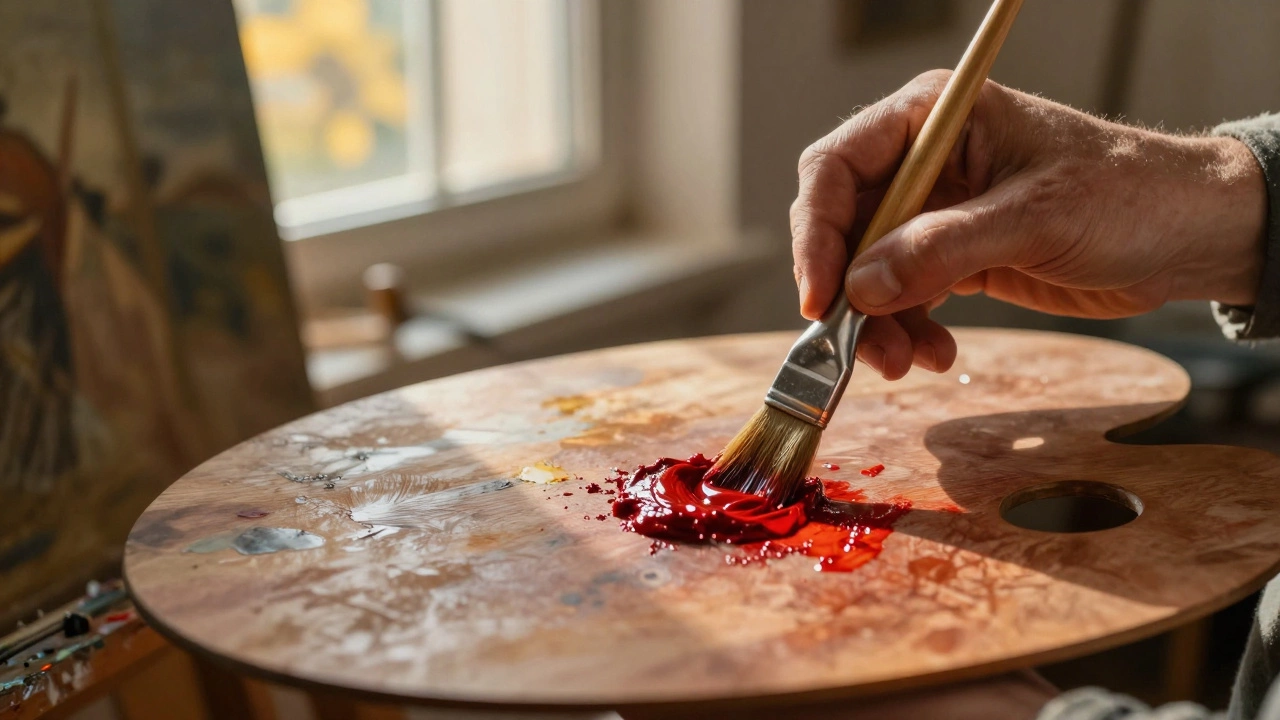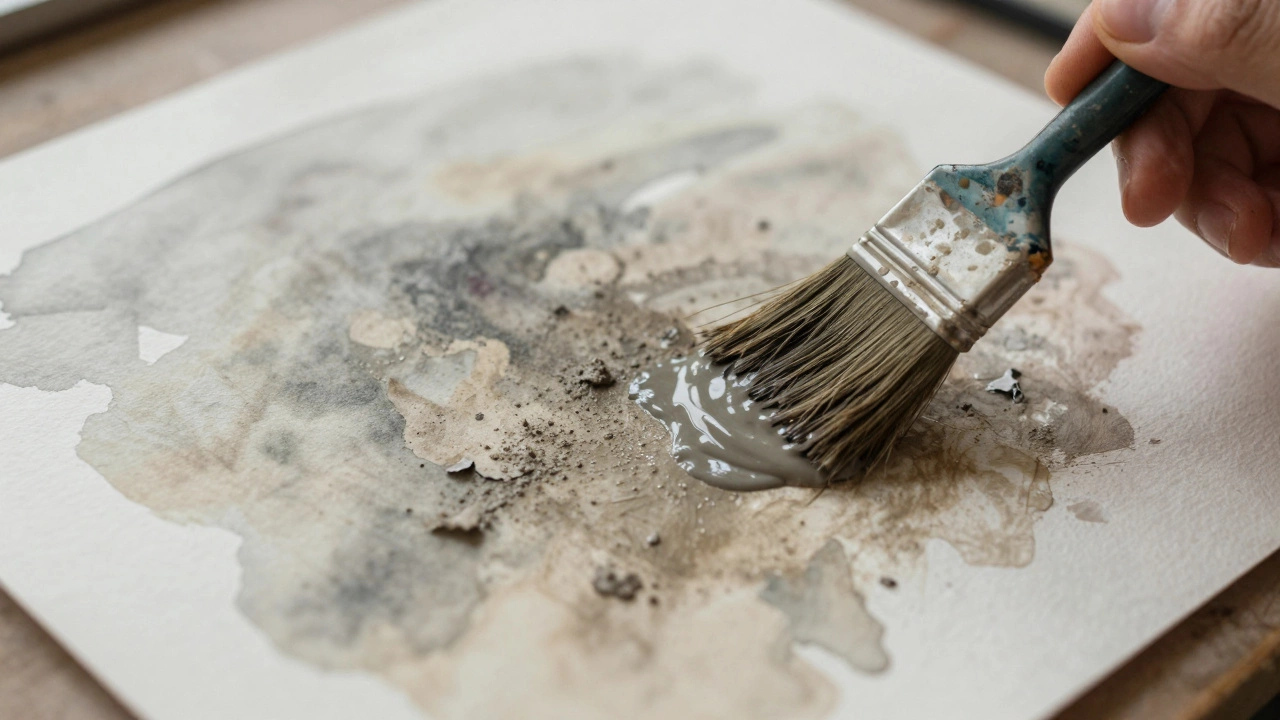Titling your fine art photographs can be like trying to name a whole vibe. It's about finding that sweet spot where words and visuals dance together, making your photo speak even louder than it already does. So, why are titles more important than just something slapped onto your artwork? Well, they can create a connection between the image and the viewer, guiding them on their emotive journey.
You've got this incredible photo, but now comes the tricky part—naming it. You want it to be distinct, just like your art. Repetitive and generic titles won’t cut it. A good practice is to brainstorm words that capture the essence of the photo. It could be something as vivid as the colors in the image or the mood it invokes—think like a storyteller!
Why Titles Matter
Let's get real about it—titles pack a punch. They do more than just sit up there, looking pretty. They actually help in shaping the viewer’s perception right from the get-go. When you’re into fine art photography, your title is like the first handshake—it sets the tone.
Think of your title as a gateway. It primes your audience for what they’re about to experience. They’re not just looking at pixels; they're entering a narrative. This connection is crucial. A strong title can make someone pause, ponder, or even feel moved—all before they dive into the visual details.
Here’s an interesting tidbit: a catchy or intriguing title can even enhance the memorability of an image. When people remember your photo, they often remember the title too. It’s like a mental bookmark. This is not just personal opinion; some art galleries report that engaging titles increase visitor recall and engagement.
Sure, the visual aspect is super important, but when you blend it with a well-thought-out title, it’s like creating an experience that's greater than the sum of its parts. So, next time you’re tempted to call your photo “Untitled No. 23,” think about the whole package. Your audience might appreciate a little hint or insight into what you’re conveying.
Crafting a Unique Title
Creating a captivating title for your fine art photography isn't just about being catchy; it's about merging creativity with clarity. Imagine trying to wrap the whole essence of your photograph in just a few words. Sounds daunting? Not with some clever strategies up your sleeve.
First things first, know that your title should reflect the mood and tone of your photo—it's like the glue that binds the image and the viewer's imagination. Think of words or phrases related to the main emotions or themes in your work.
Let's explore the importance of keeping it short yet striking. People process visuals faster, so a concise title can create a stronger mental nudge. A study found that titles with fewer than ten words received the most engagement. Pretty cool, right?
"A good title can mean the failure or success of a photograph in the eyes of the audience. Art needs context." — Jane Doe, Art Critic
Here are some steps to help you nail that title:
- Emotion Check: Channel the core feeling your photo presents. If it’s serene, a peaceful word could set the stage.
- Keep It Relevant: Avoid going off on tangents. If your photo is of a misty forest, words like 'dreamy woods' might click better than abstract references.
- Use Symbolism: Titles that play with metaphors or symbolism can deepen the connection, offering viewers layers of insight.
- Be Original: A unique spin on traditional names makes your work stand out. Nobody wants to see another 'Sunset No. 5.'
| Word Length | Engagement Level |
|---|---|
| Short (1-3 words) | High |
| Medium (4-10 words) | Moderate |
| Long (11+ words) | Low |
Remember, your photo title should serve as a bridge, bringing people closer to your art and sparking curiosity. So next time you hit a creative block, just think about the feeling you want to convey and pick words that resonate. You're not just naming a photo; you're crafting an essential part of your artistic story.

Incorporating Context and Emotion
When it comes to titling your fine art photography, context and emotion are your best friends. These elements help to weave a narrative and make your photos resonate with viewers. You want people to not just see but feel your work. That’s why blending the visual with the verbal can be so powerful.
Let’s break this down: start with the context. Ask yourself questions like, 'Where was this photo taken? What was happening at that moment?' Incorporating such elements can provide a backdrop that enriches the visual experience. As photographer Ansel Adams famously said,
“You don't make a photograph just with a camera. You bring to the act of photography all the pictures you have seen, the books you have read, the music you have heard, the people you have loved.”This highlights how personal context brings unique insights to your images.
Now, onto emotion. Why does this photo exist? What emotion were you feeling when you captured it? Maybe it was tranquility by the ocean, or excitement during a city’s hustle and bustle. Translating these feelings into words can create a title that hits home with viewers emotionally. Language is a powerful cue for emotion, so think about the adjectives and verbs that resonated with you at the time.
Here’s a handy approach for marrying context and emotion in your titles:
- Contextual Keywords: Use descriptive words that pinpoint the specific location or situation.
- Emotive Language: Select strong emotional words that evoke the feeling you experienced.
- Combine: Create a phrase or sentence that balances both elements. It doesn't have to be complex, sometimes the simplest expressions are the most impactful.
For instance, instead of naming a serene lake photo just 'Lake View,' you might choose 'Tranquil Morning Reflections.' Notice how that title gives viewers a sense of peace and setting all in one go. Remember, a well-titled photograph does more than just act as a label; it invites viewers to dive deeper into the story behind your lens.
Mistakes to Avoid
When you're diving into the world of fine art photography, avoiding common pitfalls in titling is crucial if you want your work to shine and resonate with your audience. Here are some key mistakes to dodge, ensuring your photo title adds value to your art.
First off, steer clear of being too literal with your titles. Stating exactly what's in the image, like "Red Balloon," doesn't do justice to what's likely a nuanced piece. Instead, think about the mood or the story behind the image. A name like "Floating Dreams" could offer more intrigue.
Another big no-no is using overly complex or pretentious language. Fancy words might sound impressive, but if they confuse or alienate your audience, you're kind of missing the point. Keep it accessible and thoughtful.
Also, don't underestimate the power of brevity. Long-winded titles might lose a viewer's interest before they even start appreciating your photo. Aim for something punchy that gets the vibe across without a whole paragraph.
Last but not least, avoid generic or clichéd names. Titles like "Sunset Beauty" or "Reflections" are overused and can make your work seem unoriginal, even if the picture is stunning.
- Be imaginative, but direct.
- Engage with the emotions or themes at play in your photo.
- Avoid lengthy titles; make each word count.
- Stay clear of overused phrases.
By keeping these common mistakes in mind, you're not only safeguarding the uniqueness of your art, but you're also making sure your photo title enhances the story you're telling through your lens.





